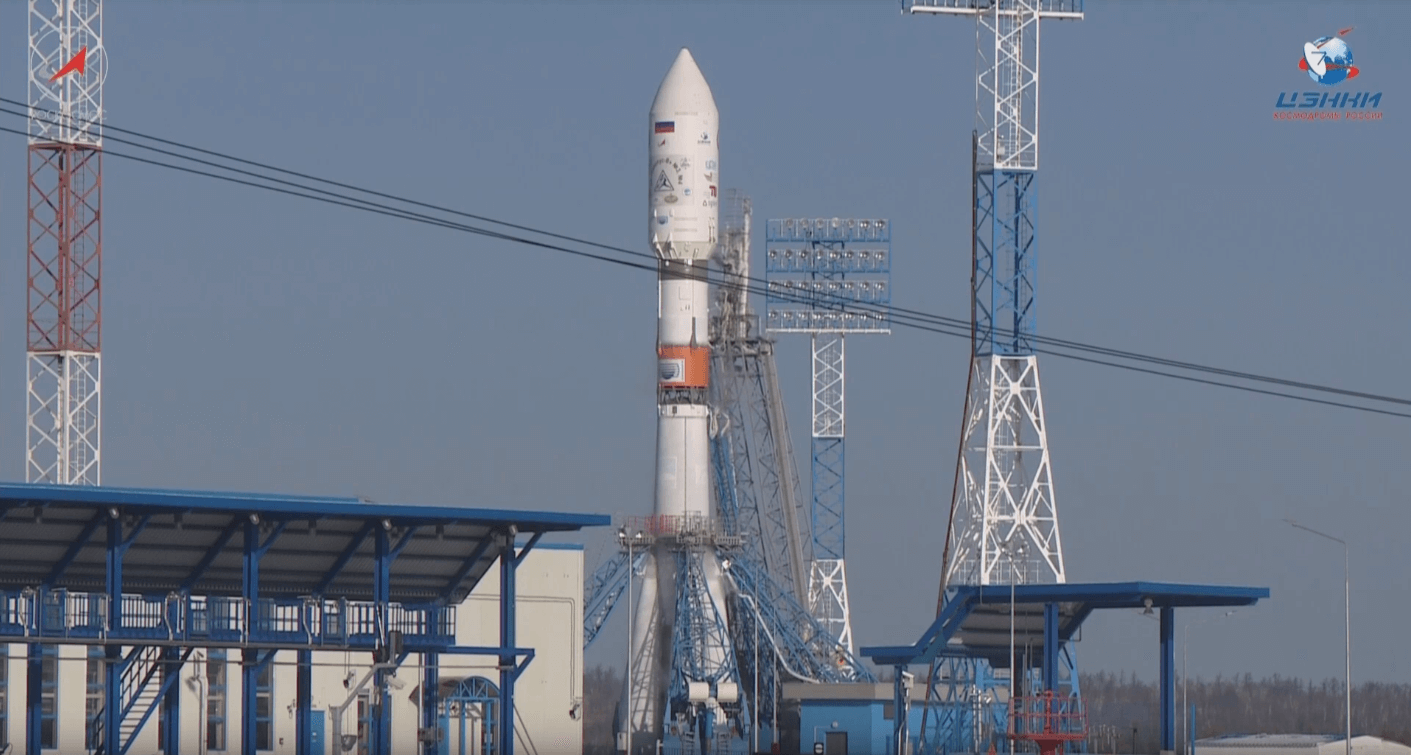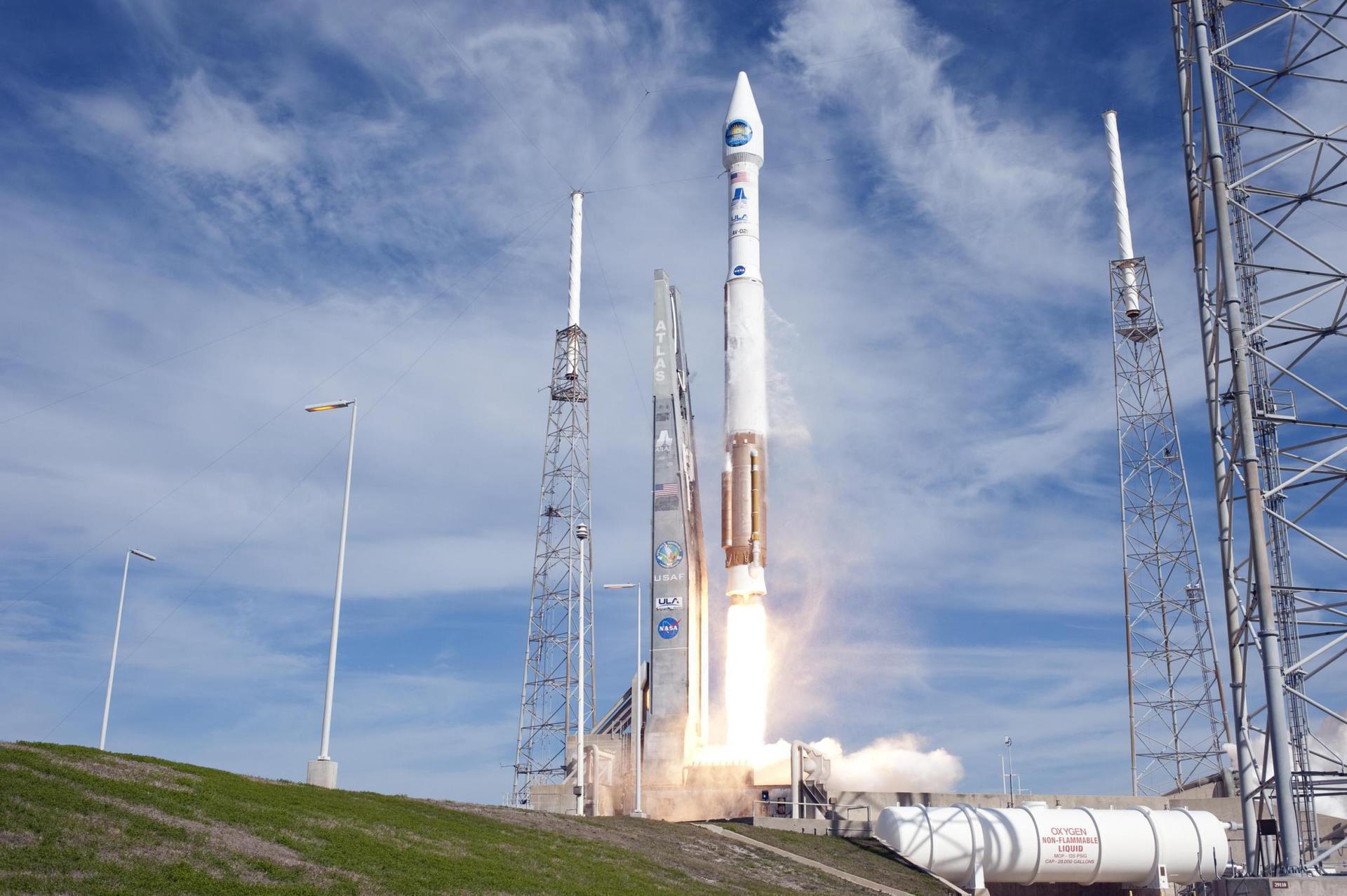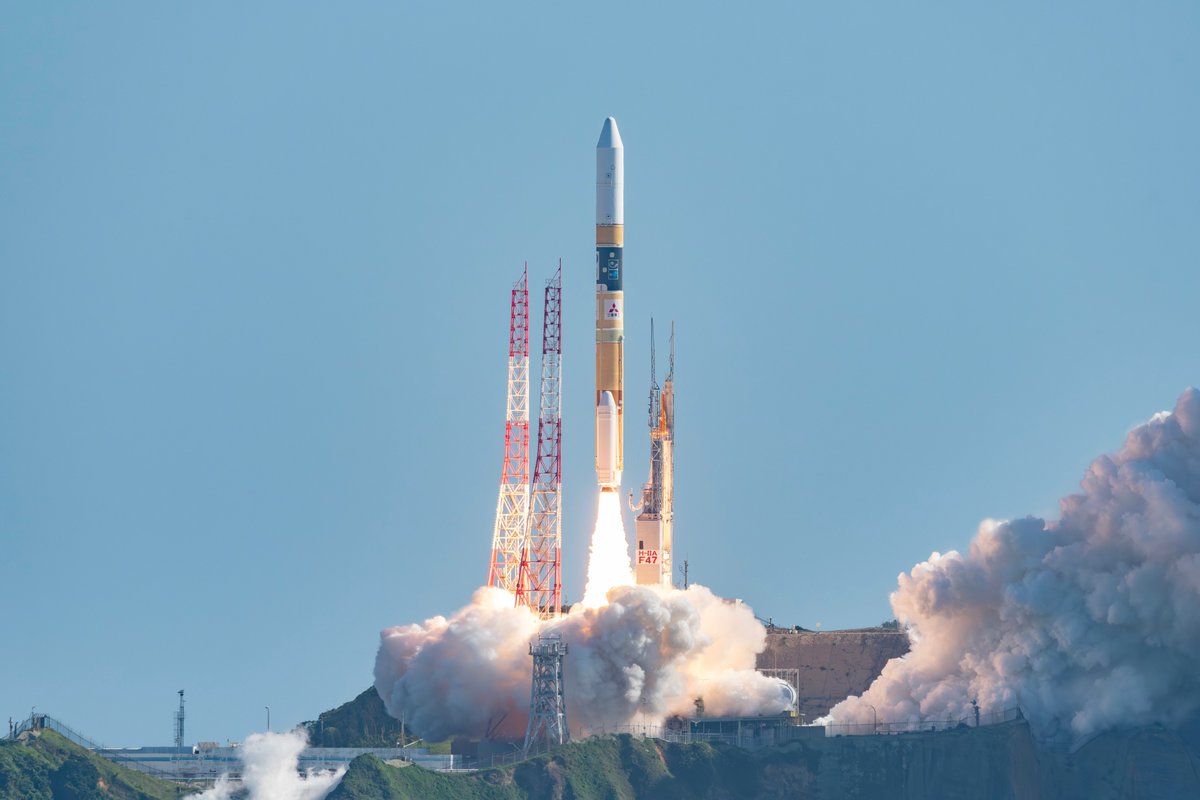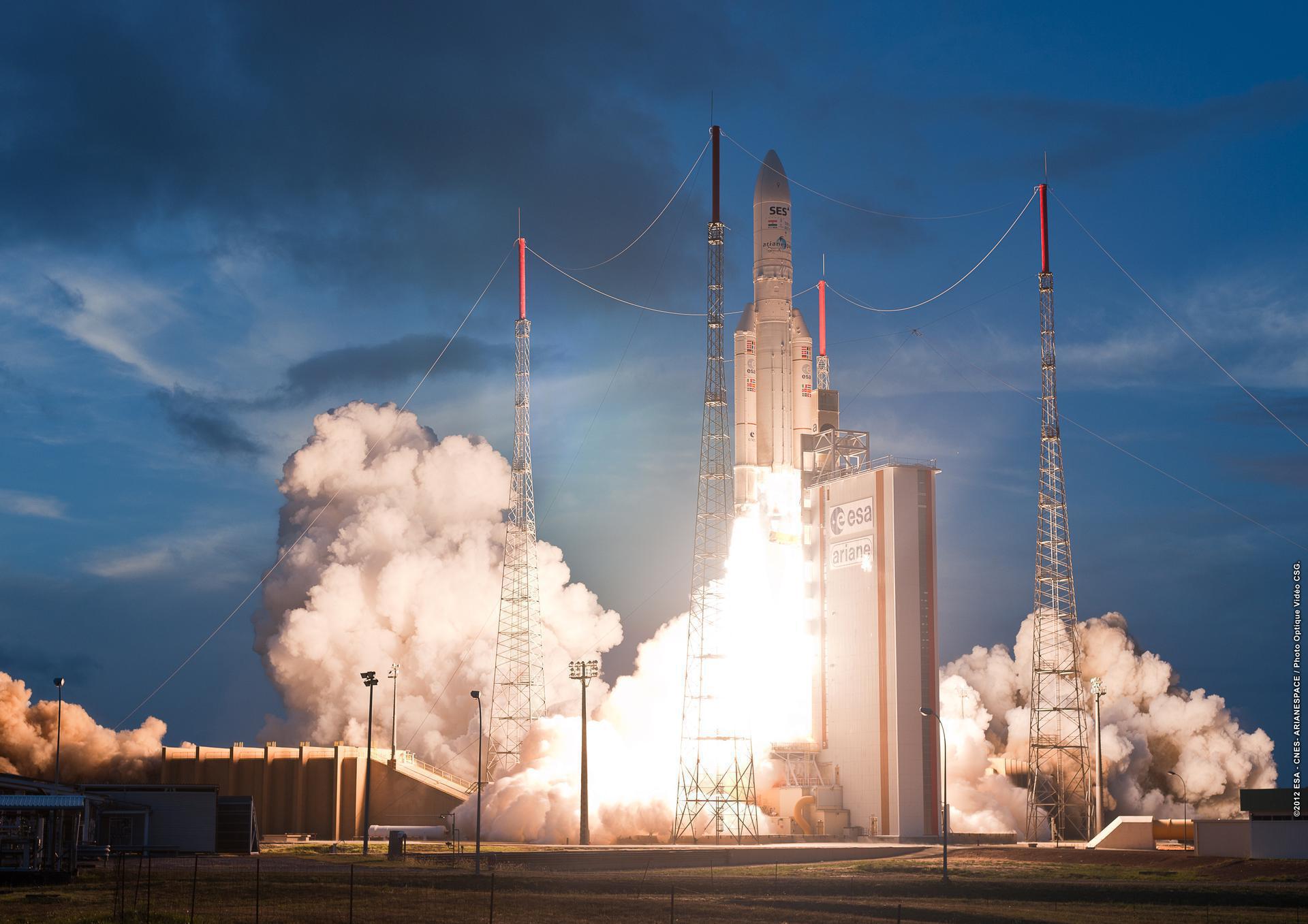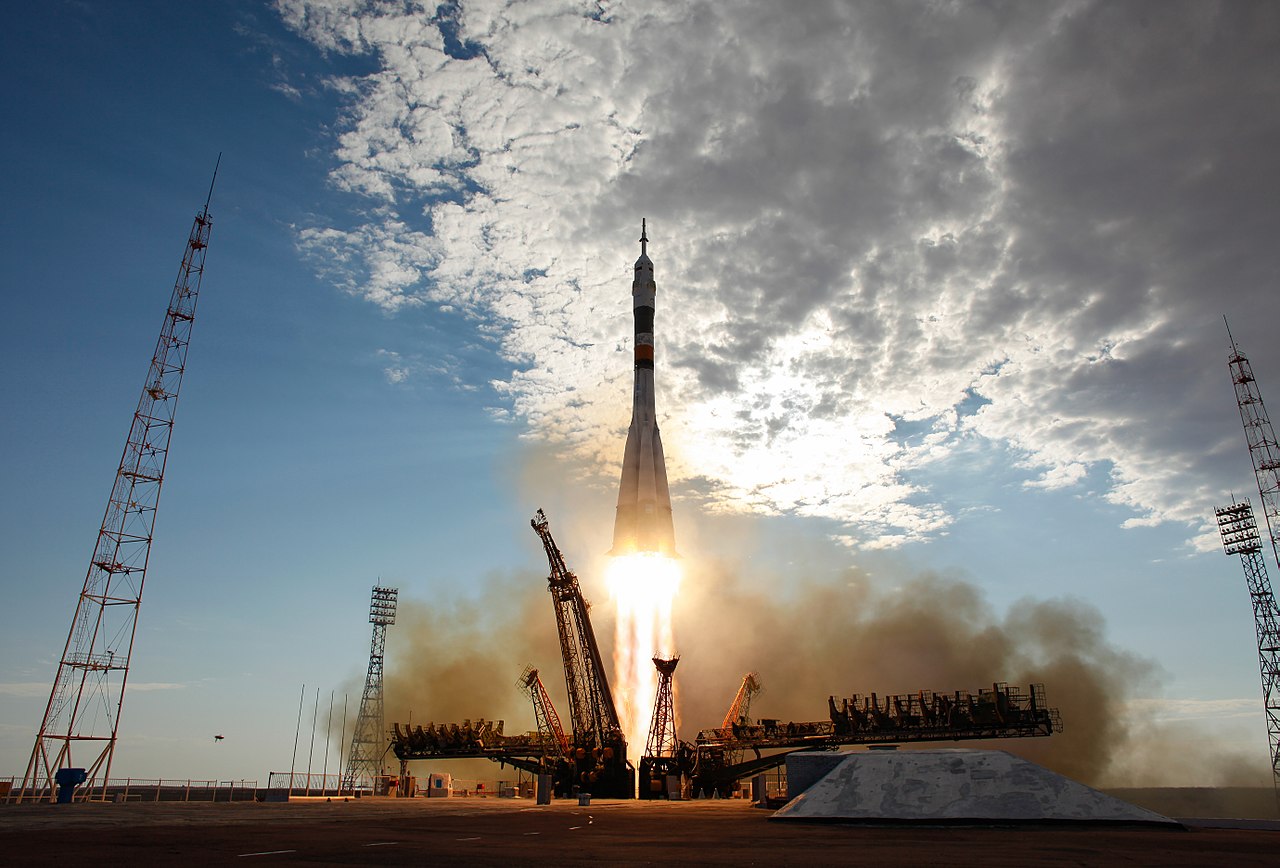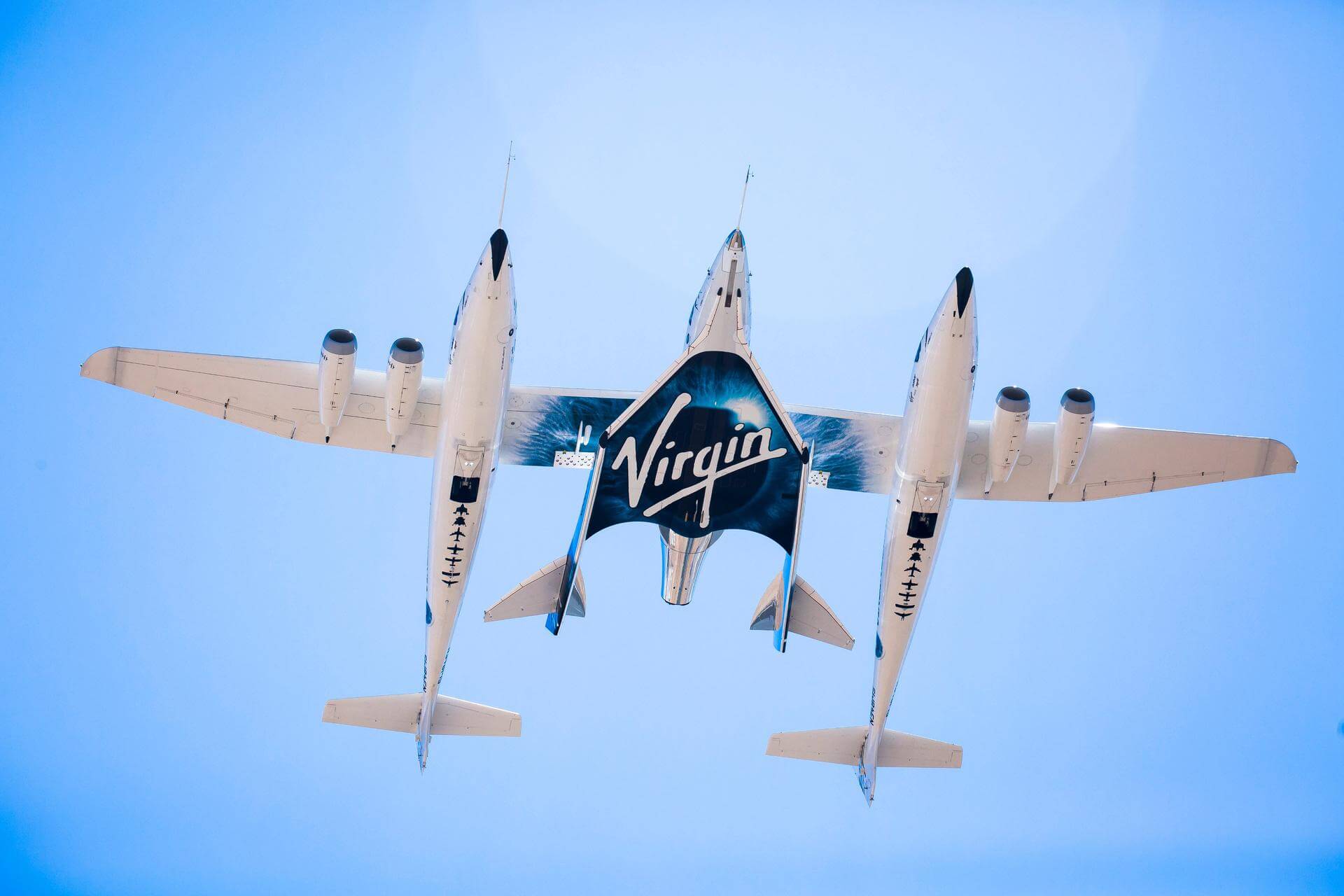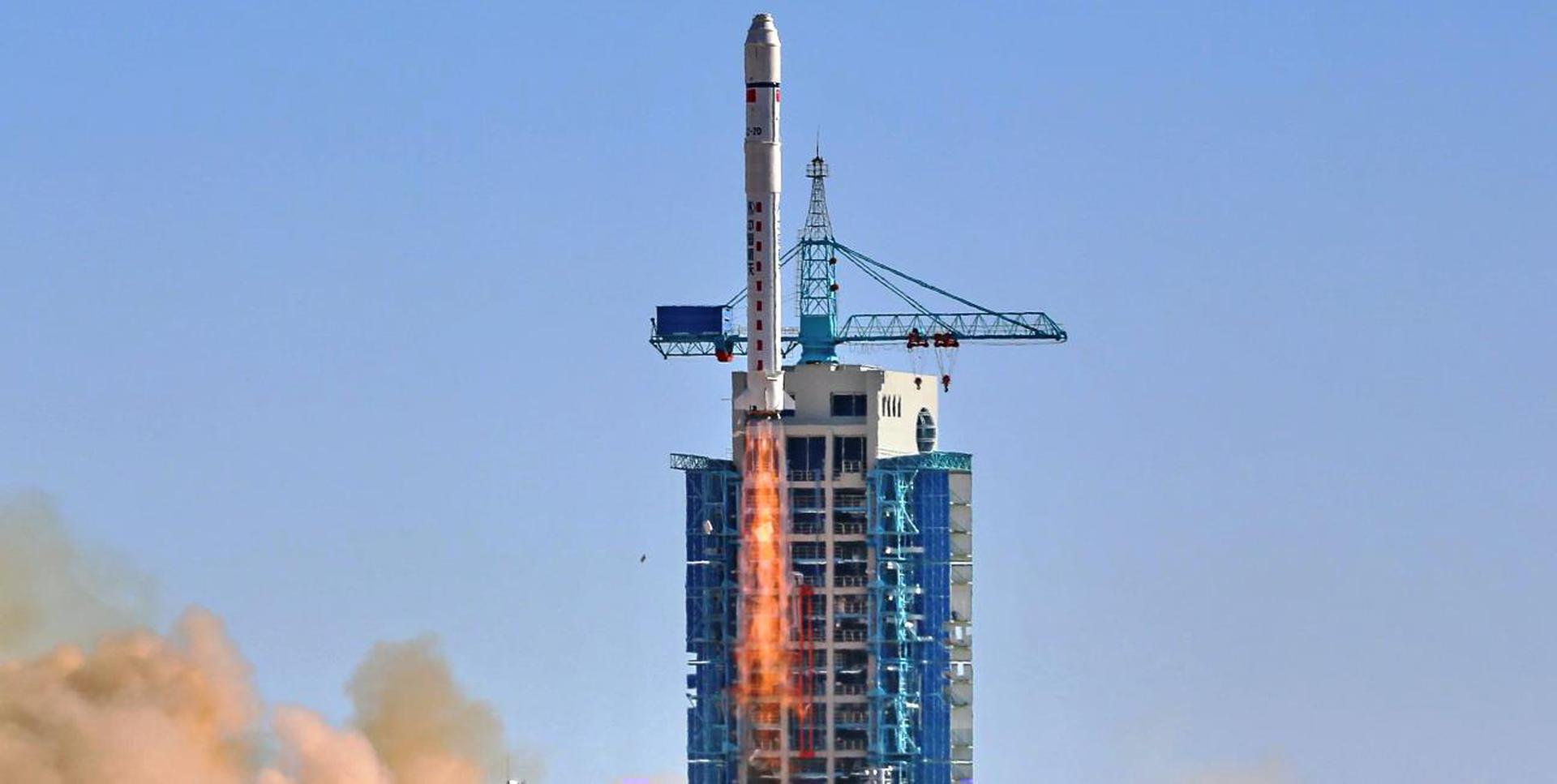Previous Spaceflight Launches
Filter by Agency, Locations or Vehicles
Show All LaunchesSoyuz-2.1a/Fregat | 6 x Globalstar-2
Progress Rocket Space Center | RussiaBaikonur Cosmodrome, Republic of Kazakhstan
Feb. 6, 2013, 4:04 p.m.
Zenit 3SL | Intelsat-27
Sea Launch | RussiaSea Launch
Feb. 1, 2013, 6:56 a.m.
Atlas V 401 | TDRS-K
United Launch Alliance | United States of AmericaCape Canaveral SFS, FL, USA
Jan. 31, 2013, 1:48 a.m.
Status: Launch Successful
Mission:
TDRS-11, known before launch as TDRS-K, is an American communications satellite which is operated by NASA as part of the Tracking and Data Relay Satellite System, which provides a multitude of communications services to a wide variety of missions.
Geostationary Transfer OrbitNaro-1 | STSAT-2C
Korea Aerospace Research Institute | South KoreaNaro Space Center, South Korea
Jan. 30, 2013, 7 a.m.
H-IIA 202 | IGS Radar 4 & IGS Optical 5V
Mitsubishi Heavy Industries | JapanTanegashima Space Center, Japan
Jan. 27, 2013, 4:40 a.m.
Status: Launch Successful
Mission:
The IGS Radar 4 & Optical 5V (Intelligence Gathering Satellite) are Japanese radar and optical reconnaissance satellites. The satellites are operated by the Cabinet Satellite Information Center. The satellites serve both Japan's national defense and civil natural disaster monitoring.
Sun-Synchronous OrbitRokot / Briz-KM | 3 x Strela-3M (Kosmos-2482, Kosmos-2483, Kosmos-2484)
Russian Aerospace Defence Forces | RussiaPlesetsk Cosmodrome, Russian Federation
Jan. 15, 2013, 4:24 p.m.
Ariane 5 ECA | Skynet 5D & Mexsat-3
ArianeGroup | FranceGuiana Space Centre, French Guiana
Dec. 19, 2012, 9:49 p.m.
Status: Launch Successful
Mission:
Skynet 5D is a military communications satellite operated by Astrium Services on behalf of the British Ministry of Defence. It operates in a geostationary orbit at 25 degrees East. Mexsat-3 is part of the MEXSAT telecommunications network and occupies 114.9 degrees West. It provides broadband, high quality telephony and much more for Mexico.
Geostationary Transfer OrbitSoyuz FG | Soyuz TMA-07M
Progress Rocket Space Center | RussiaBaikonur Cosmodrome, Republic of Kazakhstan
Dec. 19, 2012, 12:12 p.m.
Status: Launch Successful
Mission:
Soyuz TMA-07M begins expedition 34 by carrying 3 astronauts and cosmonauts to the International Space Station. Russian Commander, cosmonaut Roman Romanenko alongside Flight Engineers, Chris Hadfield (CSA) & Thomas Marshburn (NASA) will launch aboard the Soyuz spacecraft from the Baikonur Cosmodrome in Kazakhstan and then rendezvous with the station. It landed on 14 May 2013, 02:31 UTC
Low Earth OrbitSpaceShipTwo | VSS Enterprise GF23
Virgin Galactic | United States of AmericaAir launch to Suborbital flight
Dec. 19, 2012, noon
Long March 2D | Göktürk-2
China Aerospace Science and Technology Corporation | ChinaJiuquan Satellite Launch Center, People's Republic of China
Dec. 18, 2012, 4:13 p.m.
